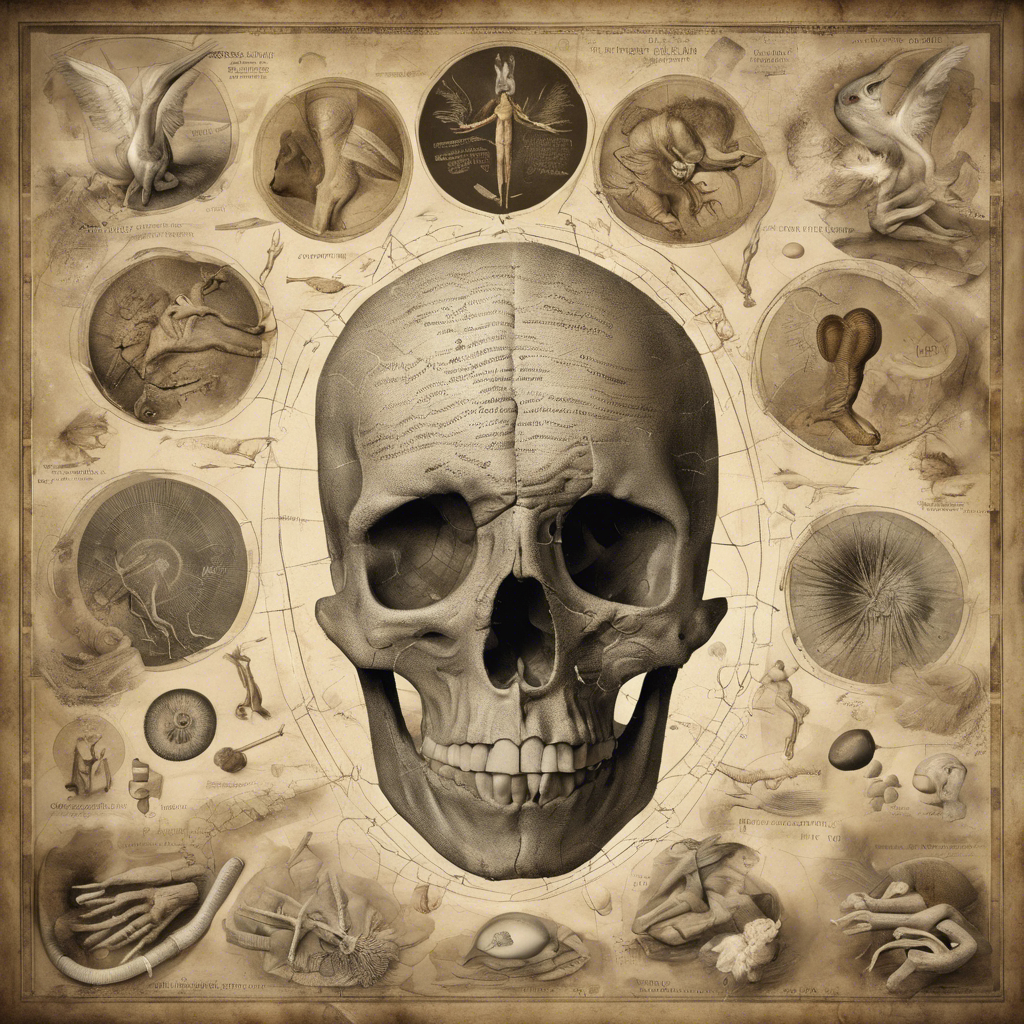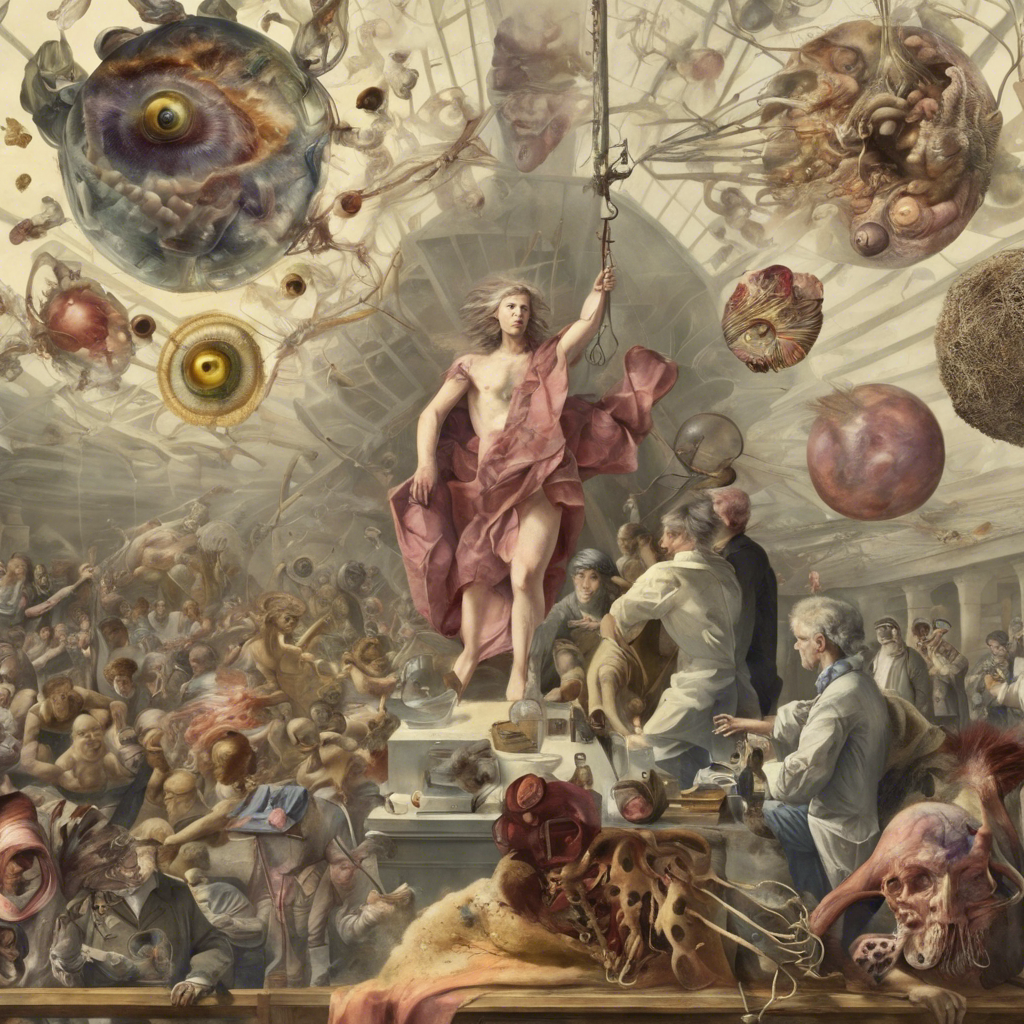Scientists are making significant strides in the field of resurrection biology, seeking to bring back extinct species, study ancient viruses, and uncover new sources of drugs.
Resurrection biology, a field that aims to revive extinct species and study ancient organisms, is gaining momentum in laboratories worldwide. While the idea of genetically engineered dinosaurs may be the stuff of science fiction, scientists are making remarkable progress in de-extinction, resurrecting long-lost animals and plants. Additionally, researchers are exploring the potential of ancient viruses to pose a threat to human and animal health, and uncovering new sources of drugs from the past. This article highlights four fascinating research projects in the field of resurrection biology that have made significant strides in 2023.
Reviving ‘zombie’ viruses:
The thawing permafrost in the Arctic is a cause for concern as it may release dormant viruses that have been trapped for thousands of years. Professor Jean-Michel Claverie and his team at Aix-Marseille University School of Medicine in France have been studying these “zombie viruses” by resurrecting viruses from earth samples taken from Siberia. In their latest research, they isolated several strains of ancient viruses, some of which were nearly 48,500 years old. This discovery raises serious concerns about potential public health threats and the need for further research in this area.
Hunt for new antibiotics goes back to the ice age:
Bioengineering pioneer César de la Fuente and his team at the University of Pennsylvania are tapping into the genetic information of extinct human relatives and long-lost animals to search for new antibiotics. By mining ancient DNA, they have identified small protein molecules called peptides that have bacteria-fighting properties. These peptides, found in Neanderthals and ice age creatures like the woolly mammoth and giant sloth, offer a new avenue in the fight against drug-resistant superbugs. With nearly 5 million deaths worldwide each year related to microbial resistance, this research holds great promise.
Plotting the resurrection of the dodo, woolly mammoth, and Tasmanian tiger:
As extinctions occur at an alarming rate, some scientists believe that resurrecting lost species could help reverse this trend. Colossal Biosciences, a biotechnology and genetic engineering startup, is working on ambitious projects to bring back the dodo, woolly mammoth, and Tasmanian tiger. By utilizing advances in ancient DNA sequencing, gene-editing technology, and synthetic biology, they aim to recreate these extinct creatures. However, even if successful, the revived species will not be exact replicas but altered hybrid forms. Finding suitable habitats for these resurrected species poses another challenge.
What Egyptian mummies smelled like:
In a fascinating study, researchers at the Max Planck Institute of Geoanthropology in Germany recreated the scent of an Egyptian mummification balm used 3,500 years ago. By analyzing residues in canopic jars discovered in Egypt’s Valley of the Kings, they identified the ingredients used in the mummification process. The balms contained beeswax, plant oils, animal fats, resins, and naturally occurring petroleum products. This research sheds light on the complex and expensive embalming practices of ancient Egyptians and offers a tangible connection to the past.
Conclusion:
Resurrection biology is a field that continues to push the boundaries of what is possible in science. From studying ancient viruses to searching for new antibiotics and resurrecting extinct species, researchers are unlocking the secrets of the past. While the ethical implications and challenges of these endeavors are significant, the potential benefits in terms of understanding our history, protecting biodiversity, and finding new medical treatments are undeniable. As scientists delve deeper into resurrection biology, they are not only reviving the past but also shaping the future of scientific discovery.











